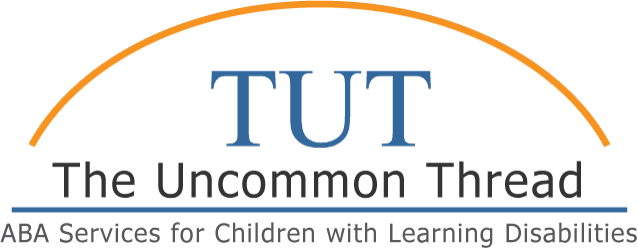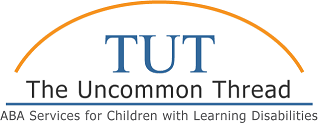These in-service trainings are for school districts as well as for our professional staff. We provide training to continue to provide the highest quality of ABA services and enable us to achieve better outcomes for the children with autism and NJ families that we serve.
Powerpoints are available with each presentation.
“Applied Behavior Analysis: Practical Strategies for Paraprofessionals”
During this presentation you will learn: What a paraprofessional does, What a paraprofessional doesn’t do, Information about a Teacher/Paraprofessional relationship, How to help support a student with autism, Examples of visual aids, Example of communication (receptive language and expressive language), Examples of social stories, How to help prevent maladaptive behavior, The use of reinforcements and motivators, Organizational skills, and Common mistakes to avoid.
“De-escalating Behaviors”
- Five stages of behavior
- Functions of Behavior
- Reinforcement vs. Punishment
- Things to avoid and examples of how to work with each behavior
“Concepts and Strategies for Supporting Student Independence”
During this presentation learners will: Identify instructional concepts and strategies (prompting, modeling shaping, wait time, use of reinforcers, and fading of support), Apply these instructional concepts to scenarios as strategies to teach independence, Apply strategies to every-day instructional experience.
“Issues in Adolescence: The Importance of Sociosexual Education”
Topics discussed:
- The philosophy of adolescent sexuality and why sociosexual education is important, Issues adolescents have during puberty, dating, and intimate relationships
- Strategies to teach the “rules” of appropriate behavior and coping mechanisms to help the learner through adolescence.
“Developing Friendships”
Some aspects of this presentation include:
- Models for facilitating friendships for children/adolescents/students in different settings
- Tools for improving social skills (ex: joining a group, introducing oneself, greeting others, maintaining appropriate eye contact, etc.),
- Affective behaviors (when hugs/affection are appropriate), Verbal communication (ex: expressing oneself, listening, verifying, considering the other person)
- Nonverbal communication, Strategies for those that have greater difficulty with making friends (ex: building rapport between friends, video modeling, social stories, etc.)
“Behavior Analysis in the Preparatory Program”
The following presentation will discuss:
- What is ABA? Interaction styles, Basic, environmental manipulations, Functions of behavior, Behavior chain (ABC)
- Antecedent strategies based on behavior
- Simple interventions
- Evaluating the effectiveness of strategies, Simple data collection, How to determine function of behavior
“Functional Communication Training”
Aspects of this presentation include:
Utilizing learners’ preferences and teaching them to communicate their wants/needs, reducing inappropriate/maladaptive behaviors, understanding FCT and how it allows those with special needs to communicate utilizing their personal mode of communication (words/sentences, PECS, ASL, ACD).
“Applied Behavior Analysis: Practical Strategies for Paraprofessionals”
During this presentation our BCBA discusses:
What a paraprofessional does, Reminding paraprofessionals they are important, How to support students with disabilities, What is ABA and why we use it, How to define and identify behaviors, Knowing the ABC’s of ABA, Examples of visual aids, as well as, Functions of behavior.
“Addressing Behaviors: Recognizing the Why And What to Do About Them”
Discussion Topics:
Functions of Behavior, Reinforcement vs. Punishment, Disruptive Behaviors, Social Skill Deficits, Joint Attention, Early Intervention, Brain Development, Critical Social Skills & Direct Instruction, Teaching Strategies, General Strategies, as well as, Shadows in the preparatory program.
“An Introduction To Autism and Applied Behavior Analysis”
This presentation is geared towards Teachers and Paraprofessionals.
Topics discussed:
What is Autism?, Early signs of autism, Developmental milestones, How autism affects behavior, What is ABA?, Uses of ABA, A-B-C Concept, Behavior and Functions of Behavior, How to increase a behavior, Reinforcements, Collecting Data, Different kinds of prompts and Reducing Anxiety.
Additional topics/trainings
- Addressing challenging behaviors for parents
- Functional Communication
- Prompting, Prompt Fading, and Reinforcement
- Teaching Foundational and Skills with Discrete Trial Instruction
- Behavioral Observations & Data Collection


